Hoover Tower undergoes repair to fix last year’s lightning strike damage
A stone ornament atop Hoover Tower destroyed by lightning last year has now been replaced. Workers also used the repair opportunity to affix a lightning rod and install falcon boxes in the iconic tower.
Last week, the top of Stanford’s iconic Hoover Tower underwent reconstruction. In addition to fixing the stone ornament, which was shattered by lightning last August, Stanford engineers have also added a new lightning arrest system to protect the building from future storms and falcon boxes for nesting birds.
After removing the remains of the original orb from the top of the building, engineers drilled holes into the structure to put pins in for holding the new orb. Then, they used a crane to lift the ball and set it onto its base, where the pins and the weight of the ornament itself will help keep it in place.
This time, however, to ensure that the orb doesn’t once again meet an explosive fate, they have also installed a “lightning arrest” system. Because Hoover Tower has a steel frame, when lightning strikes, it can damage both the building structure and electronics as electricity travels through the building. When lightning struck last summer, not only did it shatter the orb, but also impacted the building’s servers. To prevent this, engineers have installed a lightning rod through the orb that extends 18 inches above the tower and eight feet into the ground. They are also putting in a lightning counter system in the basement near the rod to keep track of any future lightning strikes to the building.
“The lightning arrest system will protect the structure, the equipment in the building and, most importantly, the safety of the people on the ground,” says Zone Director Stephen Clarkson.
The team had to race against the clock. The historical building is home to nesting falcons, and they had to work quickly to finish the project before nesting season begins next week. Working with Stanford biologists, they will also be mounting nesting boxes to provide habitat for falcons that use the building to lay their eggs.
“Everybody was able to chip in and work so well together,” says project manager Mindy Dinh.
The historical building was originally completed in 1941 and houses library material for the Hoover Institution Library & Archives. It also contains exhibition galleries and an observation deck for viewing campus, both of which are closed temporarily due to the pandemic.
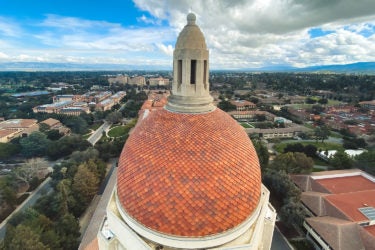
Image credit: Mindy Dinh
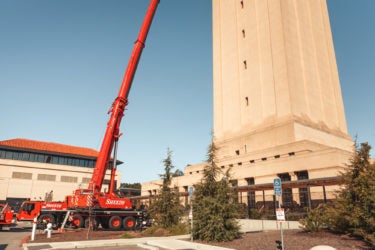
Image credit: Andrew Brodhead
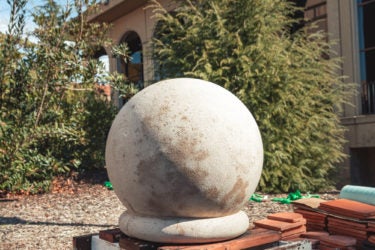
Image credit: Andrew Brodhead
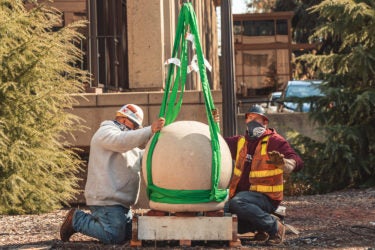
Image credit: Andrew Brodhead
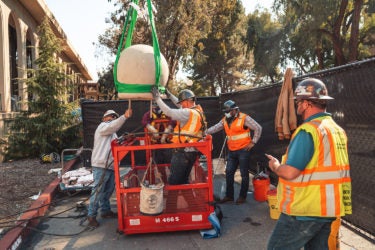
Image credit: Andrew Brodhead
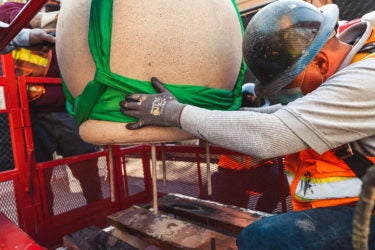
Image credit: Andrew Brodhead
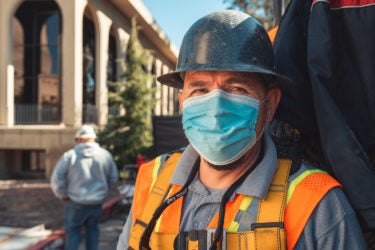
Image credit: Andrew Brodhead
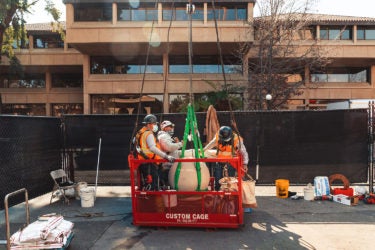
Image credit: Andrew Brodhead
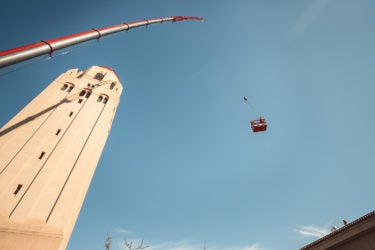
Image credit: Andrew Brodhead
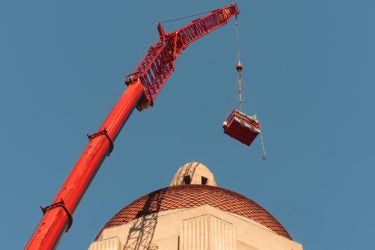
Image credit: Andrew Brodhead
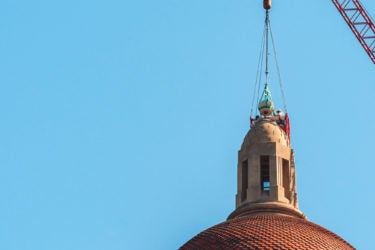
Image credit: Andrew Brodhead

Image credit: Davina Tsai
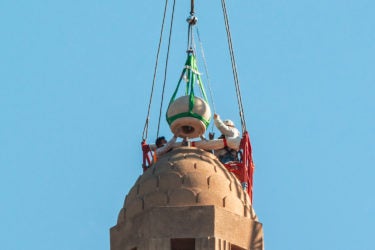
Image credit: Andrew Brodhead
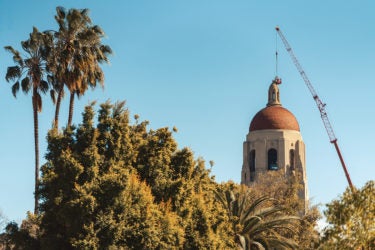
Image credit: Andrew Brodhead
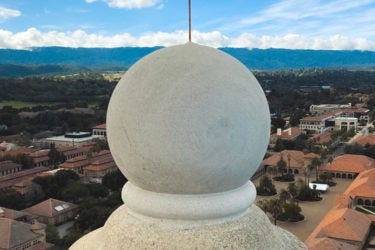
Image credit: Andrew Brodhead